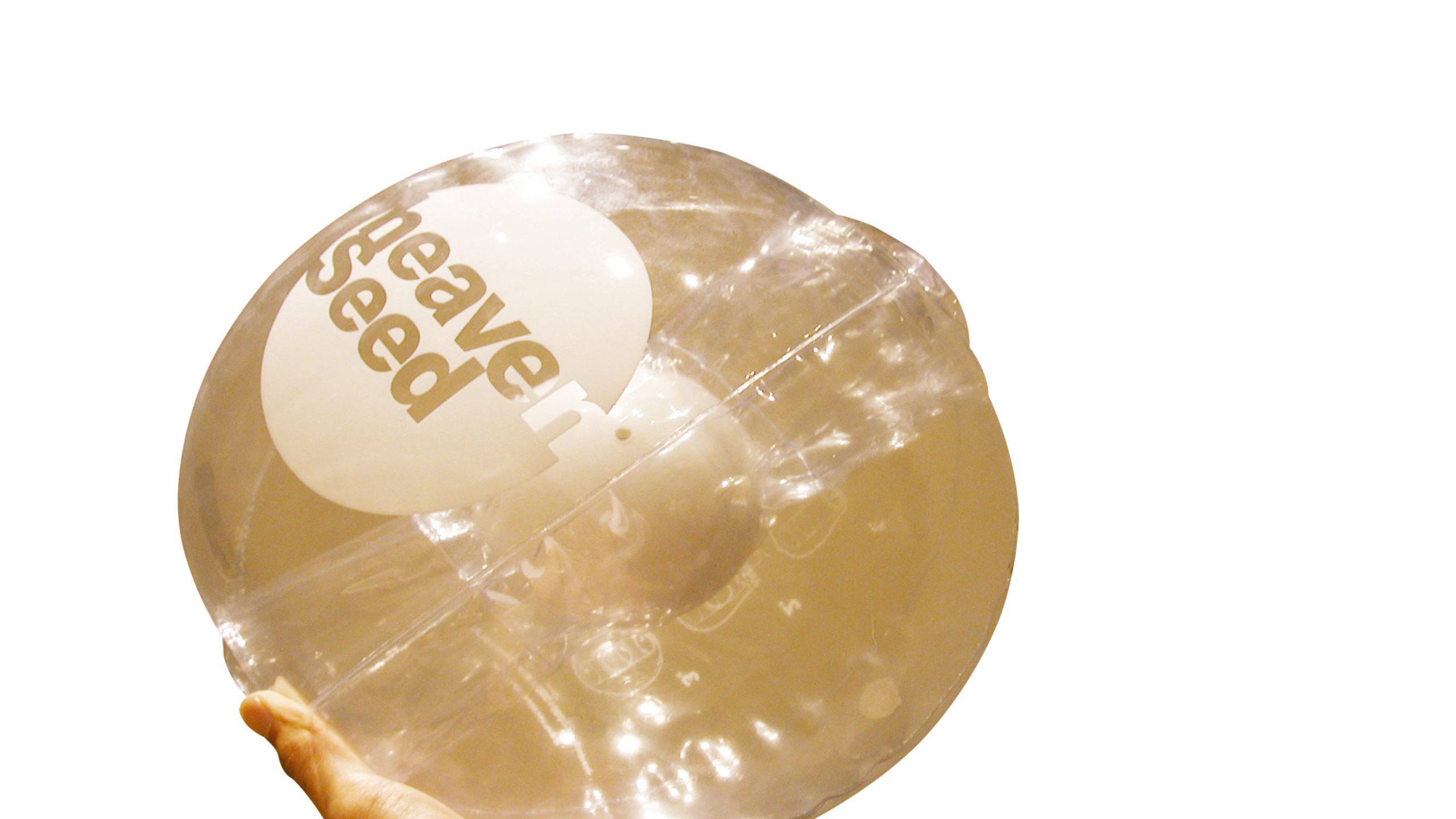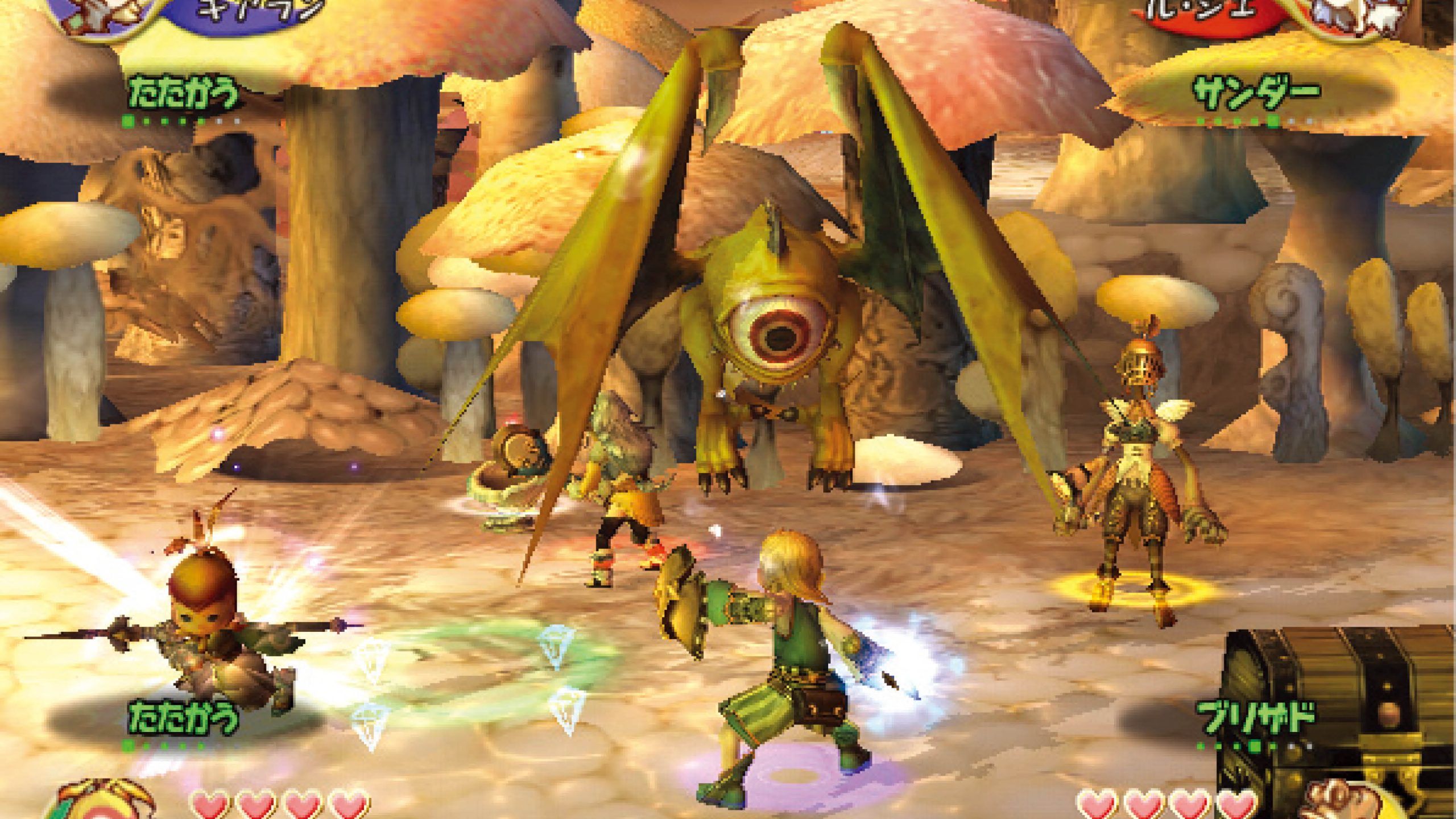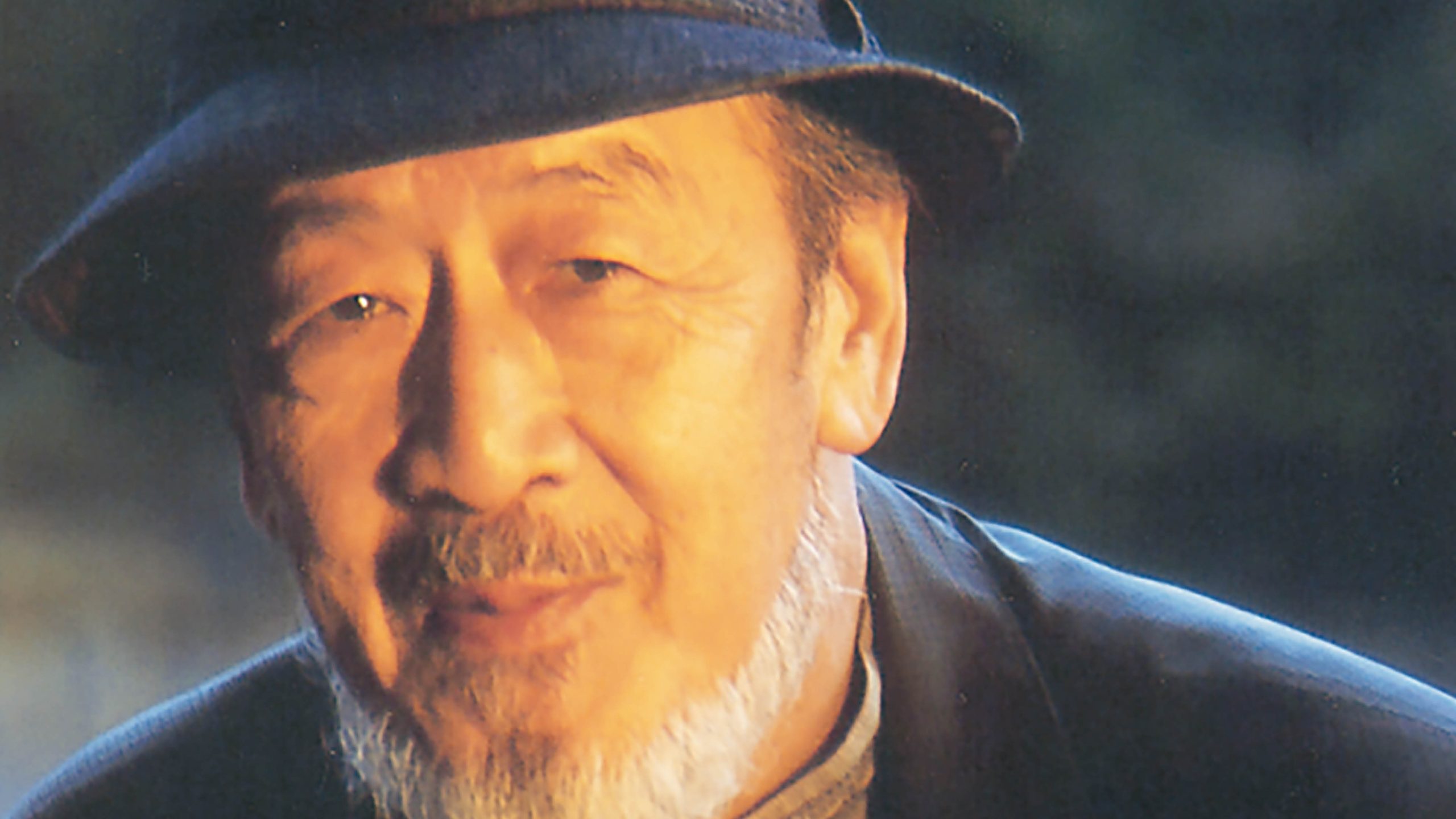7th JAPAN MEDIA ARTS FESTIVAL

Outline
Entry Period
2003.8.1(Fri) - 10.20(Mon)
Organizer
Japan Media Arts Festival Executive Committee
[Agency for Cultural Affairs / CG-ARTS]
Chair
KAWAI Hayao(Commissioner of the Agency for Cultural Affairs)
Operating Committee
NAGATA Keiji(Chairman, CG-ARTS)
HAMANO Yasuki(Professor, University of Tokyo Graduate School)
Exhibition
Dates
2004.2.27(Fri) - 3.7(Sun)
Awards Ceremony
2004.2.26(Thu)
Venue
Tokyo Metropolitan Museum of Photography
Yebisu Garden Place
Admission
free

Jury / Major
Jury
Art Division
KUSAHARA Machiko
ITO Toshiharu Ito
TOSA Nobumichi
NAKAYA Hide
MIKAMI Seiko
Entertainment Division
NAKAJIMA Shinya
ISHIHARA Tsunekazu
KAYAMA Rika
SUZUKI Yu
MIYAZAKI Mitsuhiro
Animation Division
TAKAHATA Isao
KAMIMURA Sachiko
HIGUCHI Shinji
MORI Takuya
YAMAMURA Koji
Manga Division
SATONAKA Machiko
ONO Kosei
KIMURA Tadao
TAKEMIYA Keiko
CHIBA Tetsuya








HAMANO Yasuki
Assistant professor, University of Tokyo Graduate School
Gross National Cool (GNC) is now a hot topic around the world, which argues that the Japanese media arts, specifically centered on pop culture, are contributing to raising the attractiveness of Japan in the world's eyes. On the other hand, it is also common knowledge and a shared view in Japan that the nation is way behind other countries in fostering talent in the field of media arts. Fair and well-known activities recognizing achievements in the media arts serve as a gateway to success for artists and are essential for the development of talent. In this light, the increasing number of applicants to the Japan Media Arts Festival over the past years proves that it is now one of the leading vehicles for recognition representing Japan.
While the Festival's consistent approach of evaluating artwork, irrespective of whether it was created by professional or amateur artists, occasionally led to screening results that were viewed as daring, it has held fast to its initial position of maintaining fairness in evaluations and honoring artists for their outstanding achievement.
The popularity of Japanese pop culture worldwide could be due to its one-sided introduction. Therefore, it seems necessary to clearly define and demonstrate the evaluation axes of Japan in order to further distribute and gain recognition of the excellence of Japanese artwork. In this sense, the screening results of the ACA Media Arts Festival, combined with its efforts to introduce winning works to a global audience, have served to provide clear evaluation bases of Japan, which are now gaining recognition and often referred to overseas. Some of the DVD packages sold overseas specifically state that they contain winning works from the Japan Media Arts Festival.
As part of its incessant pursuit of improvement, the Japan Media Arts Festival has changed its screening process this year so that the process can be more easily understood: The divisions were changed from the past four divisions of interactive and non-interactive digital arts, animation, and manga to arts, entertainment, animation, and manga. As for the screening system, the chief judge was eliminated, and the process was conducted focusing on the chief examiner of each division in accordance with the actual conditions that winning works were selected by each division.
Contrary to our concerns that this change would produce some confusion among applicants, we received more applications this year than in past years. However, it is also true that there were some works that some jury members thought should have been entered in a different division, which posed issues for us to address in the future.
After sitting in on the screening committee meetings, I was impressed by the passion of the jury members to provide fair evaluations of truly outstanding works, the enormous amount of time and effort devoted to the evaluations, and the serious discussions over each selection, as well as by the commitment of the secretariat to accommodate all seemingly impossible requests of the jury members.